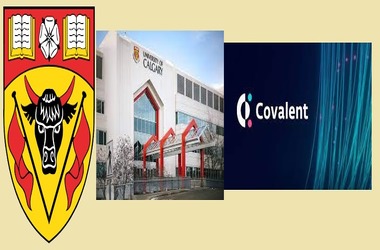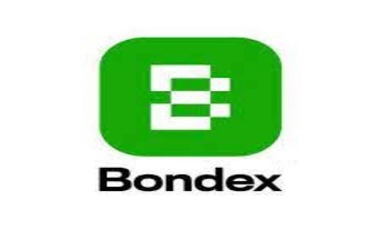 The University of Calgary has achieved a groundbreaking milestone by becoming the inaugural university to act as a validator on the Covalent Network. Dr. Alfred Lehar, a distinguished professor in the Finance department at the Haskayne School of Business, along with a team of research assistants, assumes the role of collecting blockchain data and transmitting it to the Covalent Network.
The University of Calgary has achieved a groundbreaking milestone by becoming the inaugural university to act as a validator on the Covalent Network. Dr. Alfred Lehar, a distinguished professor in the Finance department at the Haskayne School of Business, along with a team of research assistants, assumes the role of collecting blockchain data and transmitting it to the Covalent Network.
This collaboration holds significant mutual benefits, with Covalent expanding its network through additional validators, ensuring long-term stability. Simultaneously, the University of Calgary gains access to intricate blockchain data, fostering hands-on learning experiences for students and supporting advanced research initiatives.
Academic Validator Role and Long-Term Stability
The responsibility of collecting and transmitting blockchain data falls upon Dr. Alfred Lehar and his research team. This data, once on the Covalent Network, undergoes parsing and utilization by participants. The significance of UCalgary’s role as a validator lies in ensuring the enduring stability of the Covalent Network. In return for its validator role, the university receives staking rewards in the form of Covalent cryptocurrency (CQT). This cryptocurrency, amounting to 175,000 CQT (approximately $44,000 CAD), serves as a catalyst for funding research endeavors.
Dr. Alfred Lehar’s Perspective on the Opportunity
Dr. Alfred Lehar emphasizes the opportunity this collaboration presents to students. He sees it as a chance to expose them to cutting-edge technology, contribute to the growth of the new economy, and facilitate data collection for in-depth research. The hands-on experience provided through the validator role is invaluable in educating students about blockchain technology.
Addressing Challenges in Blockchain Data Access
While blockchain data is publicly available, accessing it proves challenging due to its complexity. Dr. Lehar and his team tackle this challenge by extracting and formatting the data into a more user-friendly interface before submitting it to the Covalent Network. The technical complexity of this process is underscored by the billions of individual data points involved. Once integrated into the Covalent Network, users gain access to real-time network activity, spanning transactions to game quest completions.
Ganesh Swami’s Vision for the Future of Blockchain
Ganesh Swami, CEO of Covalent, envisions the future of blockchain relying on the immediate availability of live and historical data in diverse formats, persisting long into the future. He expresses confidence that Dr. Alfred Lehar and his team will play a pivotal role in ensuring this vision becomes a reality. The collaboration sets the stage for advancing blockchain technology beyond immediate applications, contributing to its sustained evolution.
Positive Impacts on UCalgary’s Blockchain Finance Research
Already recognized as a leading institution in empirical blockchain finance research, UCalgary’s access to the Covalent Network has positively influenced ongoing research initiatives. Dr. Lehar and his team explore how blockchain technology enables activities analogous to traditional financial institutions. Their findings indicate that mechanisms emerging on the blockchain surpass traditional institutions in terms of efficiency. This revelation opens opportunities to enhance the efficiency of financial institutions and broaden access to superior financial products.
Continued Exploration and Risk Analysis
The collaboration paves the way for UCalgary’s continued exploration of blockchain data to analyze market dynamics and potential risks. Dr. Lehar’s team aims to unravel how blockchain markets operate, offering insights into the efficiency and risks associated with these evolving financial landscapes.
In conclusion, the University of Calgary’s role as a Covalent Network validator exemplifies a pioneering collaboration that goes beyond mere technological integration. The partnership holds promise for advancing blockchain education, fostering research, and contributing to the transformative potential of blockchain technology in the financial landscape.








